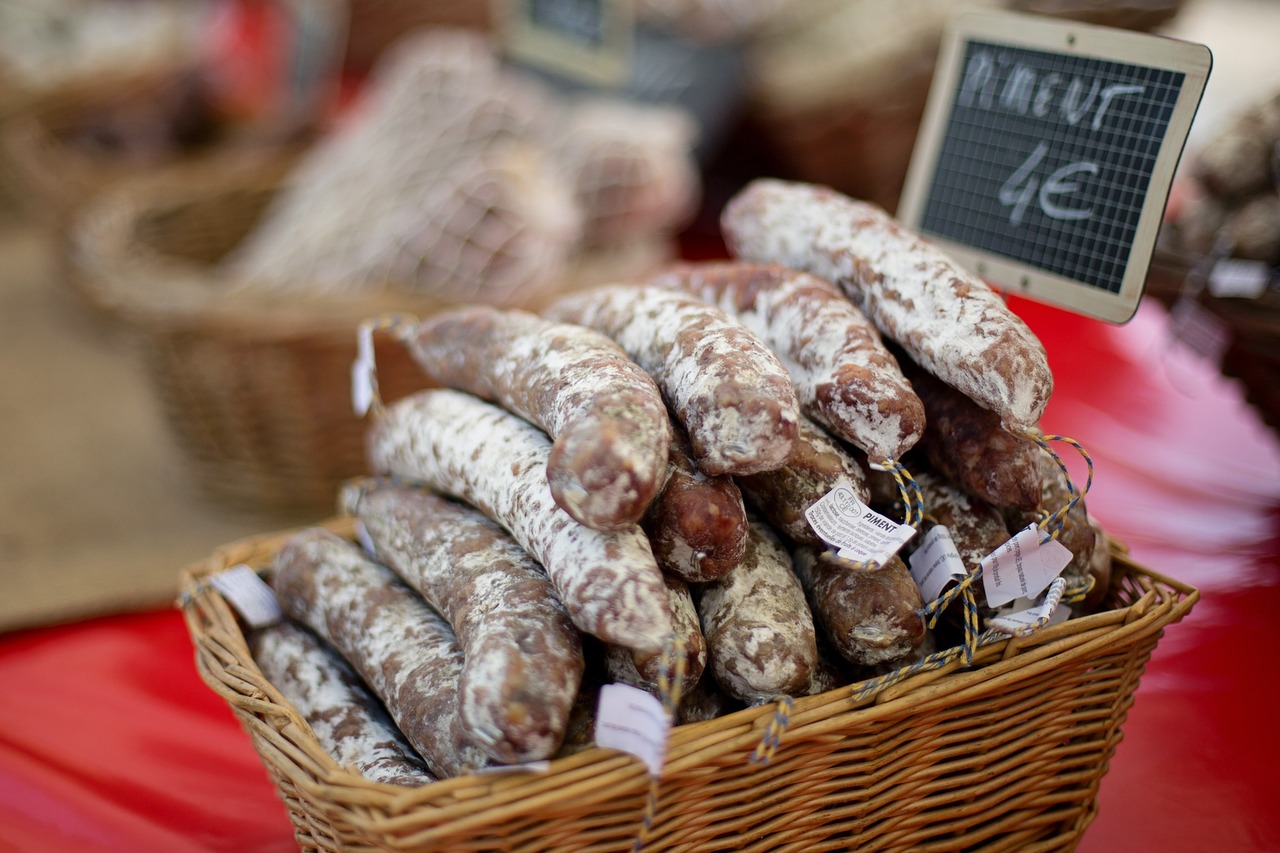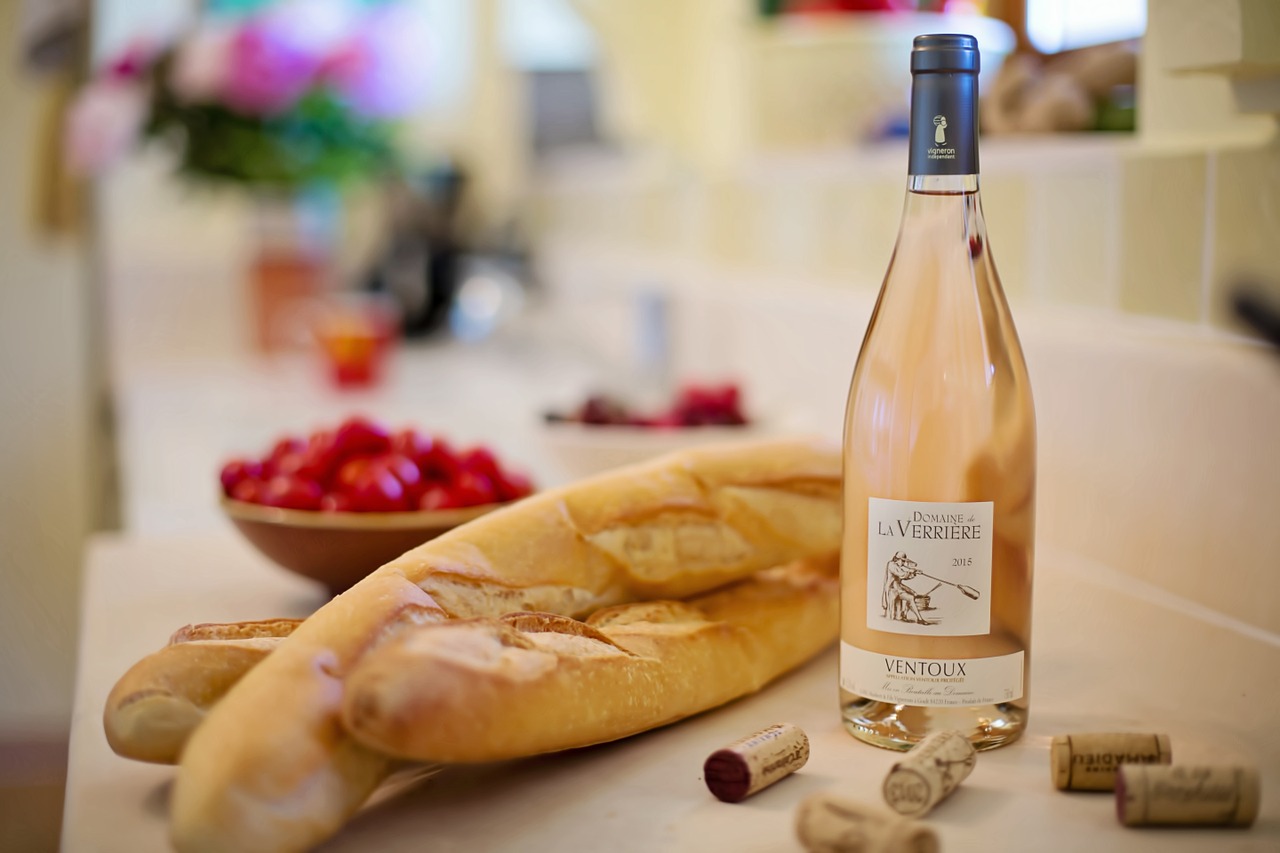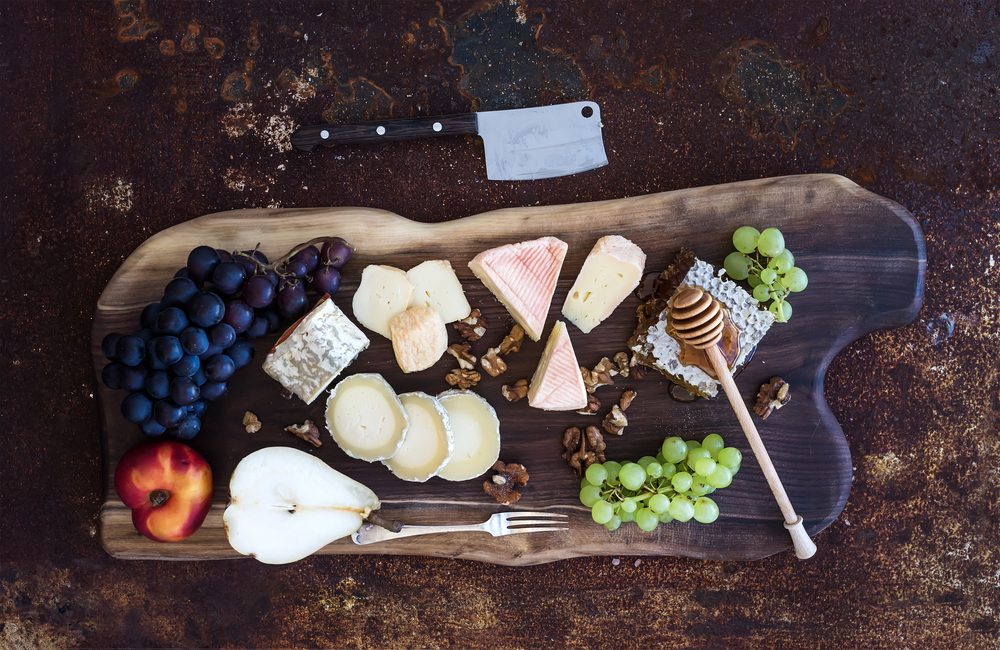How to host a dinner party – the French way

The foolproof guide to hosting a French dinner party – bon appétit!
A quick flick through any bookshop’s cookery shelves is enough to tell you that Brits are still obsessed with emulating French food culture and dining. From Elizabeth David’s French Provincial Cooking to Rachel Khoo’s The Little Paris Kitchen, there are endless titles to inspire a French dinner party.
To help you avoid sobbing on the kitchen floor over a botched poulet roti à la Normande (see Amy Adams in Julie & Julia), we’ve compiled some of the best tips below. Above all, stick to recipes you know and love – there are plenty of French touches you can add, even if your food influences come from the other side of the world. And remember, no Gallic affair is complete without bread, cheese and wine. Invest in these staples and then tailor the rest to your tastes and cooking skills.
1. Plan and shop like you’re in France
Seasonal cooking is far from a fad in France – but as long as you know where to shop, seasonal eating can also be a breeze at home. Plan your menu around what’s available (and therefore better quality) by popping to your local farmers' market, butchers, fishmonger or supermarket counter for inspiration.
Avoid cooking anything overly fussy or time-consuming – shoot for elevated comfort food and you can’t really go wrong. One-pot recipes are a favourite among the French and the best dinner parties are with simple food that is easy to share and enjoy.
 Pixabay/CC0
Pixabay/CC0
2. Prep in advance
The key to enjoying the evening yourself is to spend minimal time in the kitchen once your guests have arrived. Try to prep as much as possible in advance, whether that’s cooking and reheating a dish, or par-boiling vegetables.
A proper French dinner is no small affair and often lasts up to three hours, so don’t feel pressured to clear once everyone has finished eating. Aim for long pauses between courses and let the conversation flow.
3. Cut corners
Make your main course yourself, but save time by buying prepared sides (like potato gratin) and even a shop-bought dessert, like a cheesecake or tart. Picard (the French equivalent of Iceland) is the secret weapon of French hosts and there’s no shame in buying in part of your meal ready-made.
 Elena Dijour/Shutterstock
Elena Dijour/Shutterstock
4. Lay with simplicity in mind
Like French sartorial style, your table set-up should be effortless and minimal. That means not worrying if your cutlery, plates or glasses don’t match and investing in small details, like a bunch of fresh cut flowers or coloured candles, rather than showy decoration.
Keep a butter dish on the table from start to finish, as some people may opt for lashings of it with cheese to end. If you’re feeling extra fancy, put fleur de sel salt in small bowls for guests to sprinkle on their food.
5. Go big on bread
Bread is of utmost importance in France, and although there’s not a boulangerie on every corner, it’s easy to get your hands on the good stuff in the UK. Buy from a bakery or the supermarket bakery section on the same day for that imperative freshness.
Baguettes are best served whole on the table, with a bread knife so guests can cut (or tear off) their own pieces. Estimate a normal-length baguette between three guests, but don’t hesitate to overbuy as you can whip up French toast with the leftovers the following day. If you’re struggling to find a baguette, a good country, sourdough or wholemeal fresh loaf is just as delicious.
 Pixabay/CC0
Pixabay/CC0
6. Instruct your guests
Hosts often ask guests to bring elements of the meal, so don’t rule this out if you’re on a budget, can’t find something in your local shops or are simply asked the question by a guest. Be specific and suggest components that can be bought en route, such as olives, nuts, wine or dessert.
7. Nail the aperitif
There’s something magical about the French apéro hour, so embrace it by welcoming guests with kir (white wine with a dash of fruity liqueur), champagne, an Aperol spritz or pastis and a selection of snacks before you sit down.
Low maintenance nibbles, like marinated olives, nuts or crisps are a great option, but more elaborate hors-d'oeuvres will are winning options too. Think foie gras or pâté on toast, charcuterie, gougères (cheese-filled pastry buns) or anchoïade with crudités. The rule of thumb is to go for light bites that can be eaten standing up.
8. Take wines from light to dark
Start with a light white for an aperitif and move towards darker reds as the courses progress. Full-bodied golden white wines are great with oily fish or meat, while darker rosés can be paired with roast chicken, briny pasta dishes or lamb. Light reds work with rich sauces and some types of fish, while dark inky reds should be reserved for strong dishes or a lot of fat content.
Eschew specialist wine shops (the French certainly do), and opt for your local supermarket selection instead – these are a few of our favourite bottles right now.
 Foxys Forest Manufacture/Shutterstock
Foxys Forest Manufacture/Shutterstock
9. Construct a killer cheeseboard
One marked difference between French and British dining is that for our Gallic neighbours, cheese is always served before dessert – and with bread, never crackers. Cheese specialists Androuet recommend an odd number – either three or five – with a combination of hard, soft, strong and mild. For example, a tangy goat’s cheese, a soft-ripened cheese like Camembert or Brie, a hard cheese such as Comté or Beaufort and a blue, like Roquefort.
The full range of flavours is best at room temperature, so take them out of the fridge 45 minutes to an hour before serving, unwrap and allow them to breathe. Serve with a sweet spread like fig jam or a savoury chutney like tomato confit, plus grapes or apples, and you’re well on your way to cheese nirvana.
Sometimes a cheeseboard is served instead of dessert and if you choose to do so, sate the sweet-toothed with a bowl of fresh seasonal fruit.
You might also like:
21 French recipes everyone should try
The Italian dishes everyone should know how to cook
How to lay a perfect dining table
Header image Svittlana/Shutterstock
Comments
Do you want to comment on this article? You need to be signed in for this feature